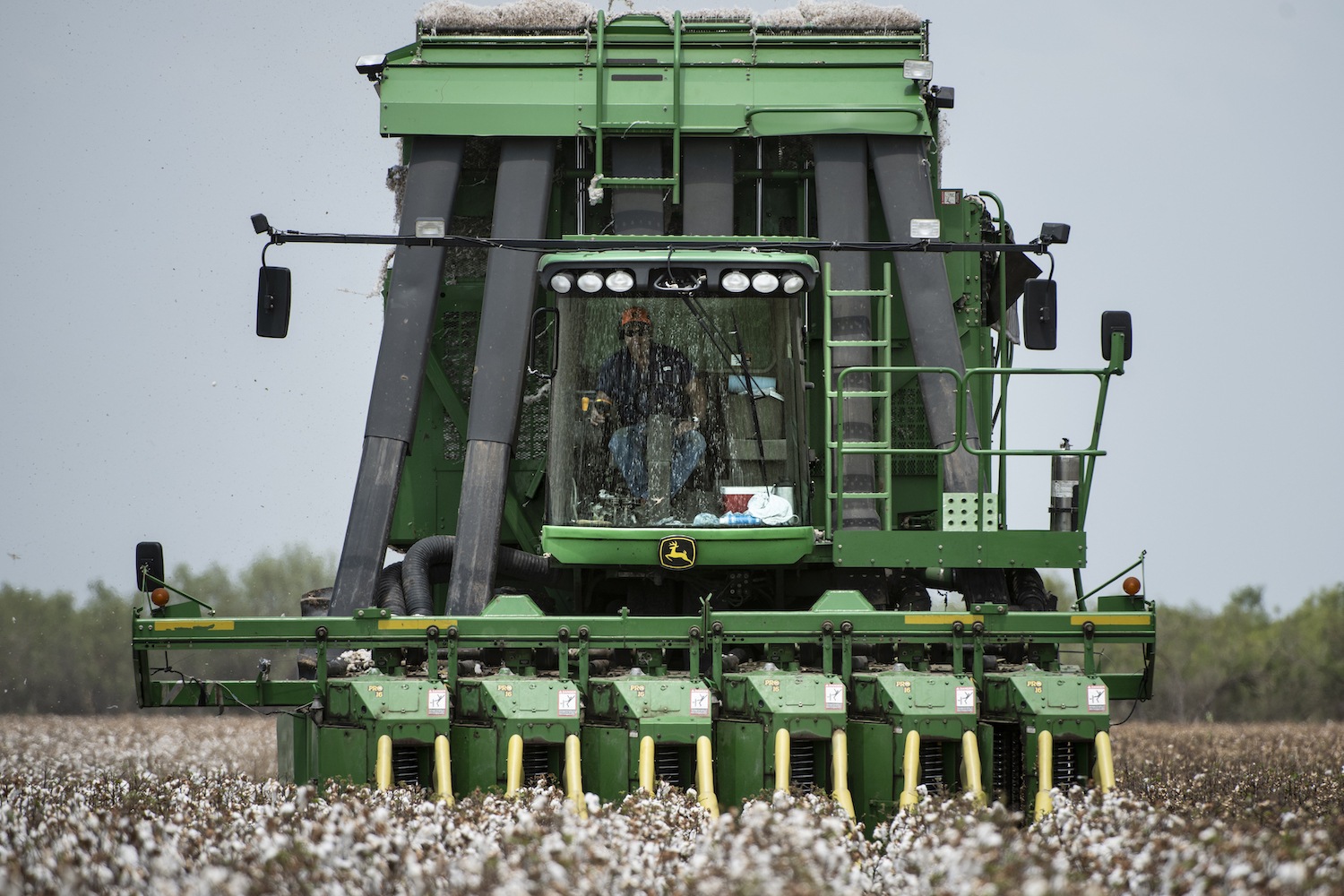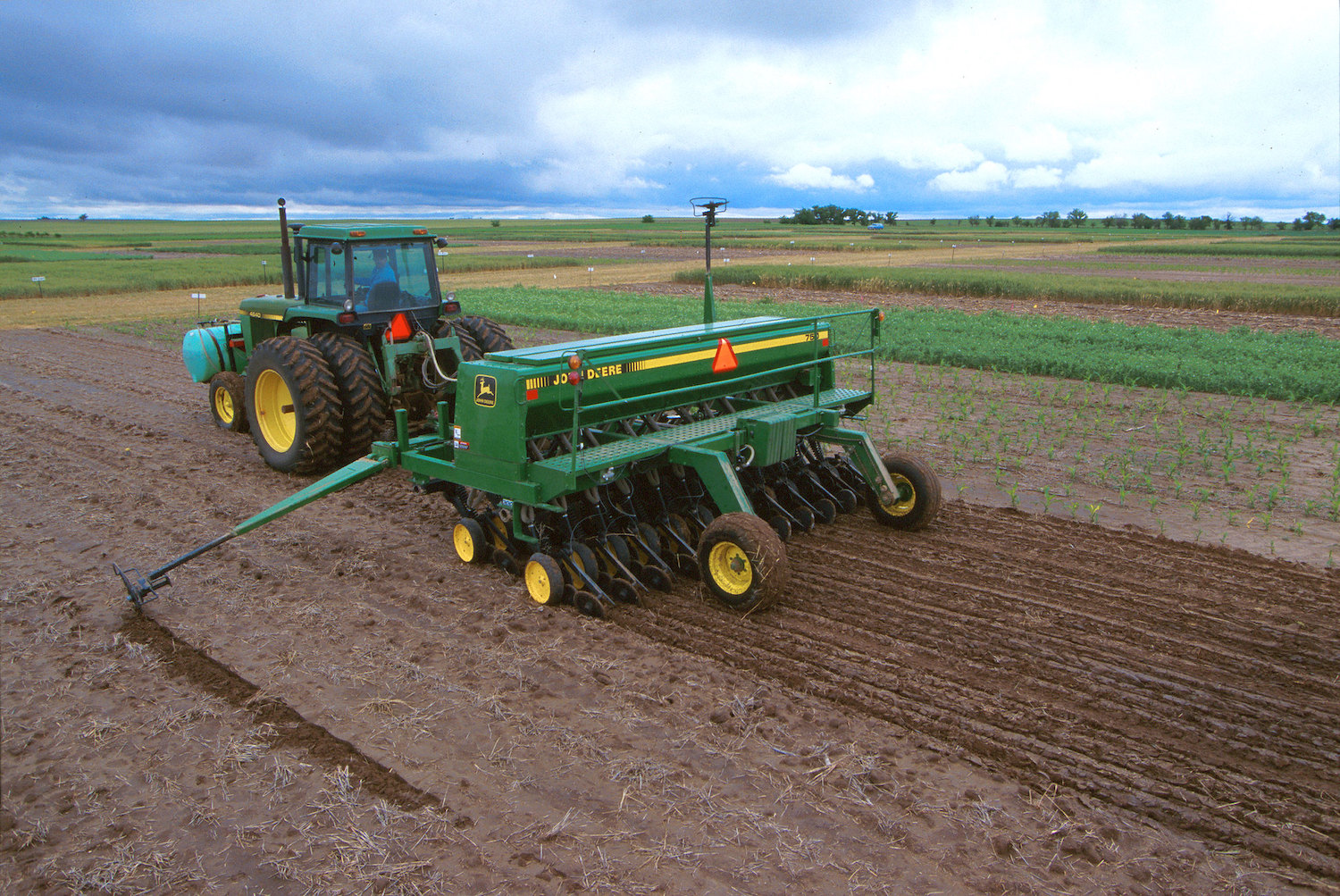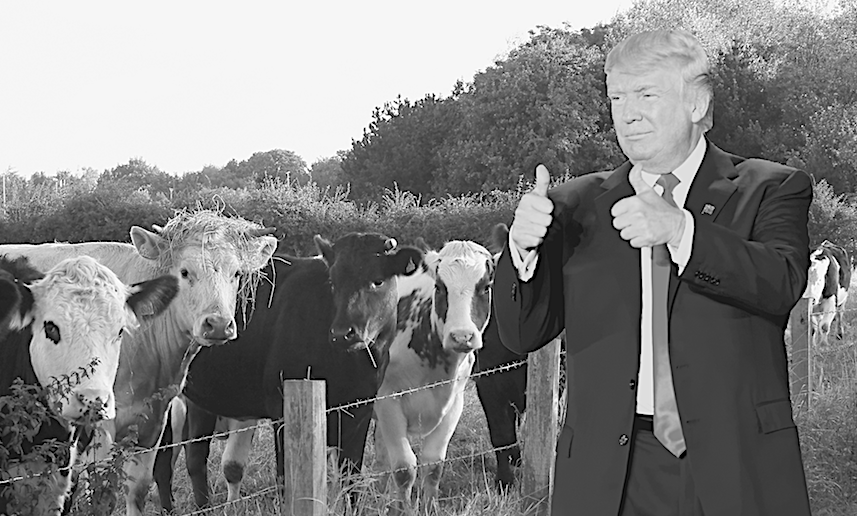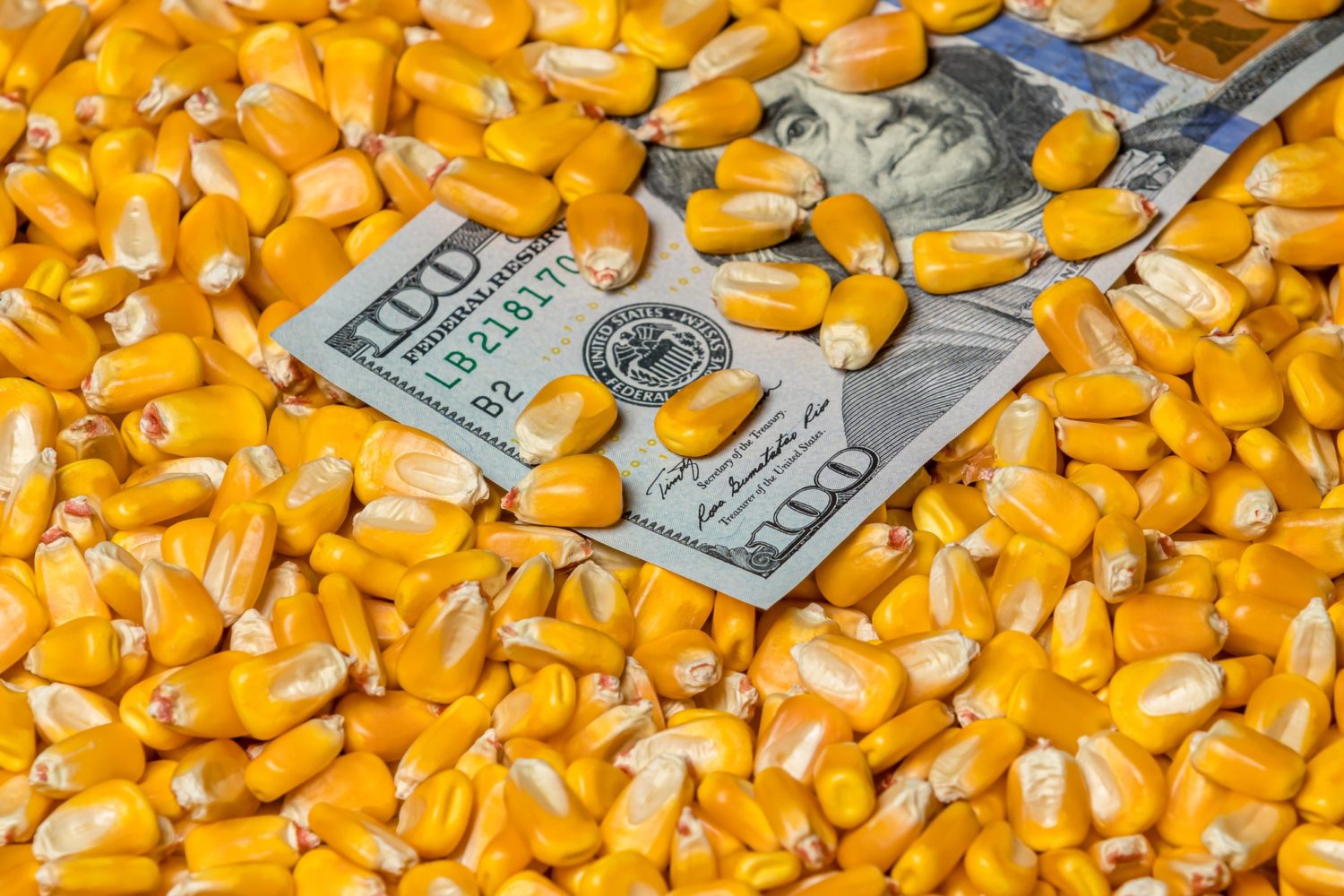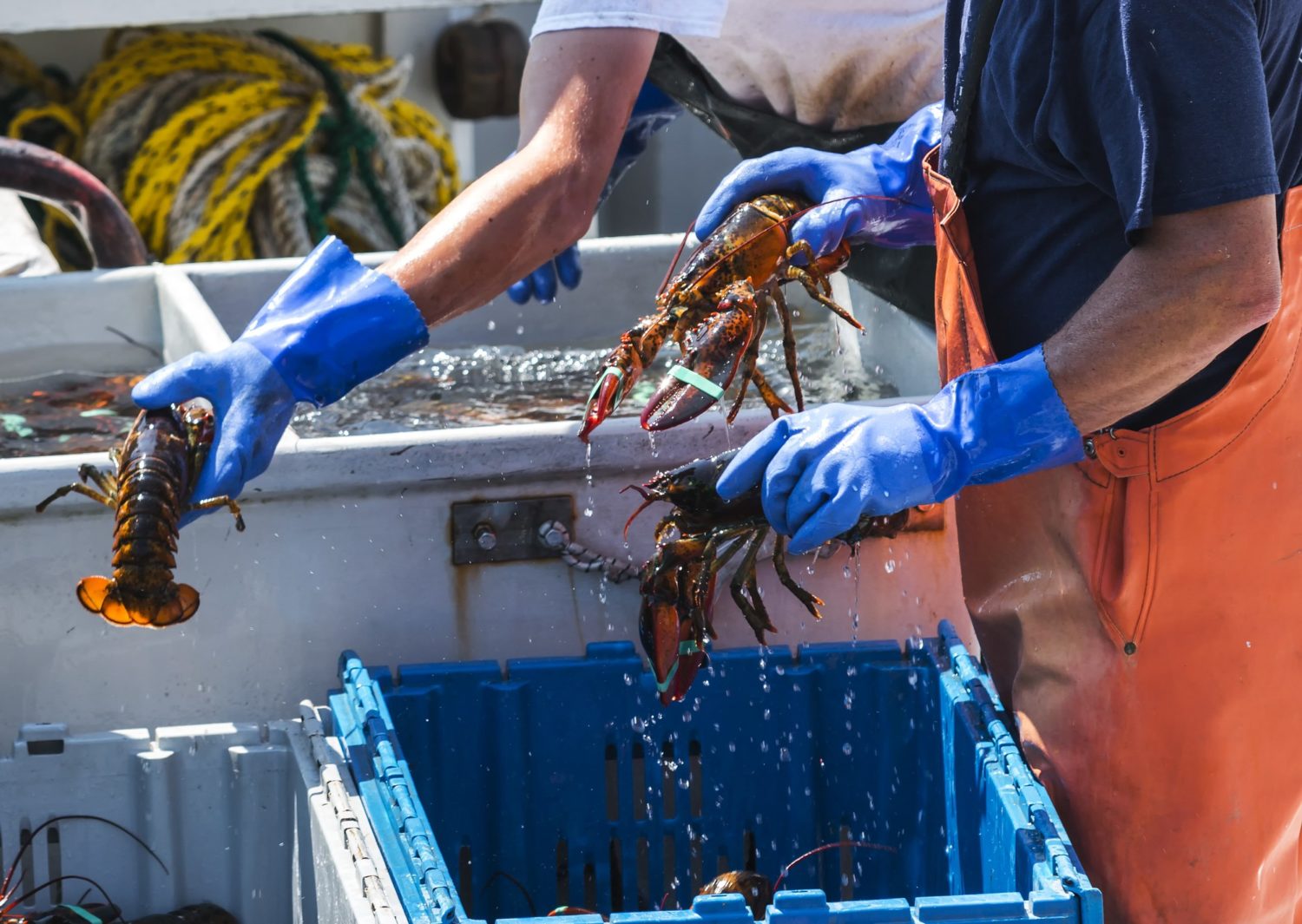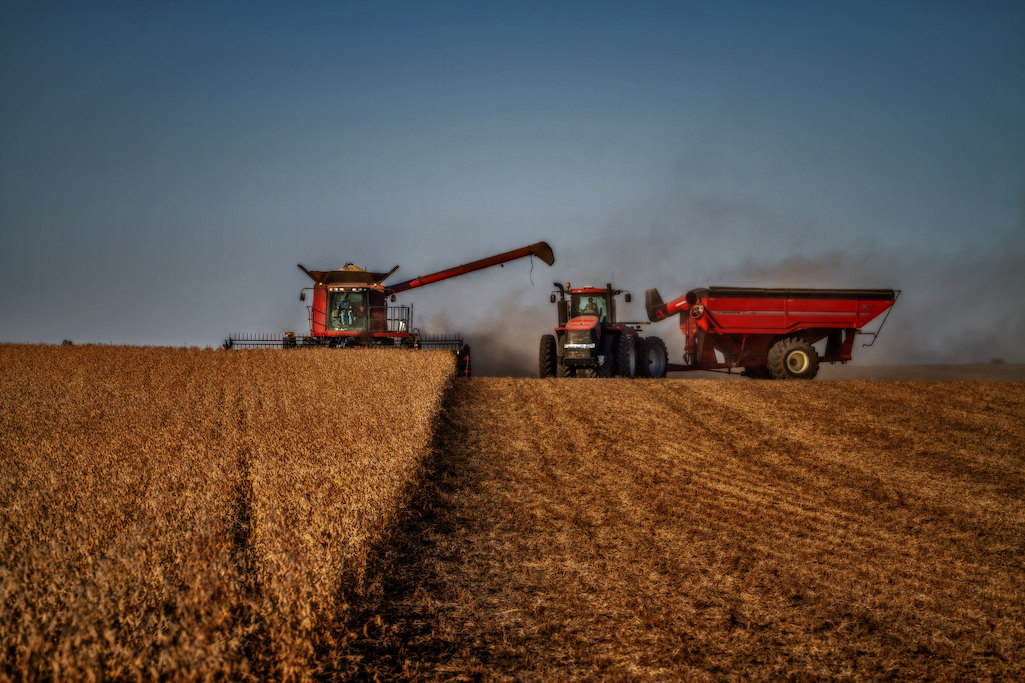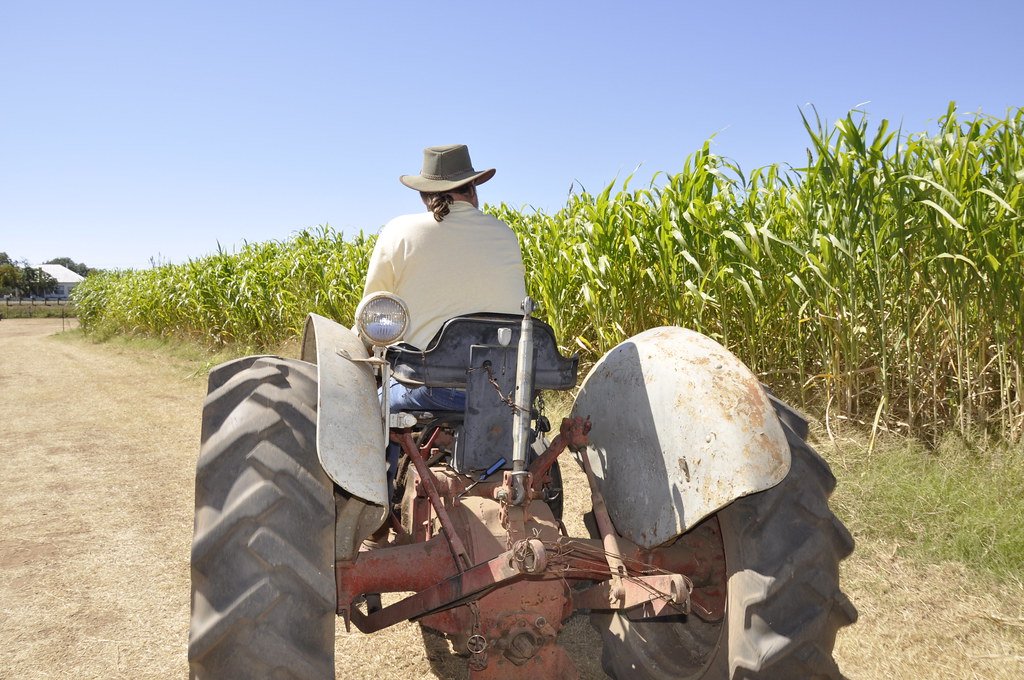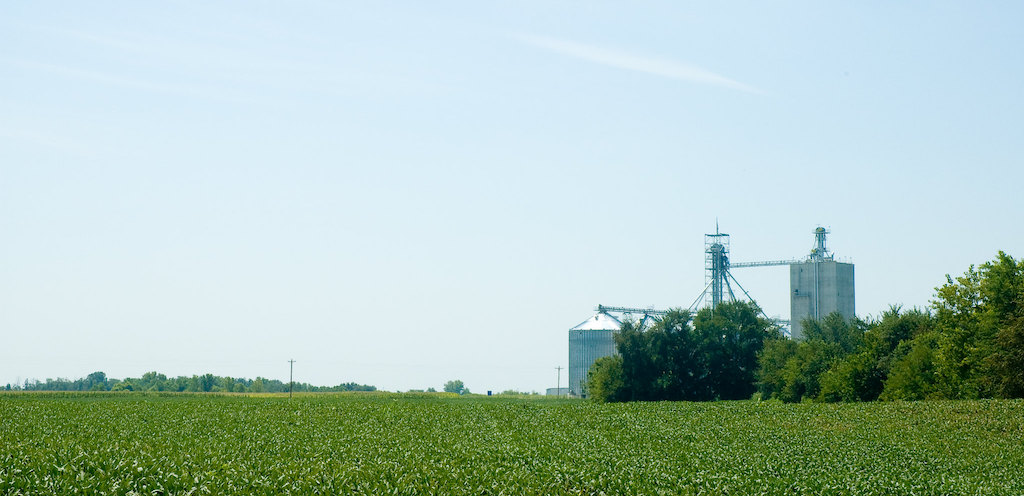The average individual in Georgia received more than $40,000; in Wisconsin, it was less than $12,000. Members of Congress are crying foul.
Back in 2018, as trade tensions with China escalated and farmers watched export markets evaporate in the blink of a tweet, the Trump administration announced an unprecedented aid effort: Its so-called Market Facilitation Program would send direct payments to growers who incurred financial losses due to ongoing tariff disputes. The Department of Agriculture (USDA) would pay for it all by tapping an obscure fund called the Commodity Credit Corporation, no Congressional approval required.
Then came the tricky part: calculating how much to compensate each grower. In the first round of payments, the agency paid producers based on the commodities they grew, drawing criticism from farmers who said the agency privileged commodity soy growers over everyone else. (This point was at least partially validated in December 2019, when six studies agreed that payments to soy growers exceeded damages wrought by the trade war.) Later, USDA switched to a system that paid farmers in each county a flat rate based on estimated damages, regardless of what they grow.
Now, a new report from the Government Accountability Office, the nonpartisan federal watchdog, finds that the multibillion-dollar Market Facilitation Program compensated farmers unequally for losses incurred due to the ongoing trade wars. The program came under fire by Senate Democrats late last year when they published an analysis that found payment rates were higher in the South, that some large farms received extraordinarily high payments, and that some commodities benefited more than others. The new GAO report, which analyzes $14 billion in payments made in 2019, largely confirms those findings.
Growers in Georgia—Secretary of Agriculture Sonny Perdue’s home state, where he is the former governor—received the highest payments.
Growers in Georgia—Secretary of Agriculture Sonny Perdue’s home state, where he is the former governor—received the highest payments, which rang in at an average of $42,545 per person. Other Southern states including Mississippi, South Carolina, Alabama, North Carolina, and Texas all ranked in the top 10 for average highest compensation levels. “The South hit the jackpot, with Georgia leading the nation with rates more than double the national average,” said Democratic Senator Debbie Stabenow of Michigan on a press call with reporters. Asked whether Secretary Perdue might have given producers a home state advantage, she said “he certainly put together a program that favored the crops in his state.”
[Subscribe to our 2x-weekly newsletter and never miss a story.]
The GAO also compared the agency’s projected prices for eight commodities with the rates at which USDA compensated growers for lost income. The results were all over the map: Cotton growers were repaid for about 40 percent of the price of their crop while milk producers received just 1.1 percent. Stabenow pointed to a Kansas State University study that found cotton growers were overcompensated, receiving payments that totaled 33 times their projected losses. “It’s just not fair,” she said.
The Market Facilitation Program has been criticized for doling out high payments to large growers while leaving others with next to nothing. The report found that the top 25 recipients of MFP funds received a total of $37 million, with many receiving well above the on-paper maximum payment of $250,000 because of loopholes in the rules that allow farms to claim payments on behalf of multiple owner-operators. These oft-criticized rules also allow farmers to claim spouses as co-owners, meaning each can receive the maximum payment. According to the report, a farm in the South received $2 million this way, having registered six members and four of their spouses as partners.
“People with minimal ties to farms can—and do—receive huge payments from the federal coffers just by dialing into a few shareholder conference calls a year.”
Further, the agency does not require recipients of farm payments to set foot on their land in order to receive payments. A partial owner in New York City can claim they contributed to the business through “active personal management” (rather than on-farm labor) in order to receive payments. Many of the individuals affiliated with the highest payments were registered as “active personal managers.”
The Environmental Working Group, an advocacy organization that has long criticized farm subsidies, has argued that the active personal management rule allows people who barely farm to receive subsidies intended to keep the agricultural economy afloat. “The USDA’s definition of ‘active personal management’ is incredibly vague,” said Anne Schechinger, the group’s senior economic analyst, in a press release. “People with minimal ties to farms can—and do—receive huge payments from the federal coffers just by dialing into a few shareholder conference calls a year, without ever having to set foot on the farm or get their hands dirty.”
Despite the shortcomings of the Market Facilitation Program, both parties approved a multibillion-dollar Covid-19 farm relief payment mechanism with few strings attached, leaving USDA to determine payment rates on its own. Already, the Coronavirus Food Assistance Program has run into some of the problems that plagued the Market Facilitation Program: The Counter reported that a few farms were receiving payments north of $1 million while others got no relief. Democrats have complained that the program does not do enough to compensate small growers or producers of specialty crops, like tree nuts and cherries.
The Department of Agriculture is expected to announce more Covid-19 relief for farmers in the coming weeks. It remains to be seen whether the agency will alter its plans to include more small-scale farmers or limit large payments.
